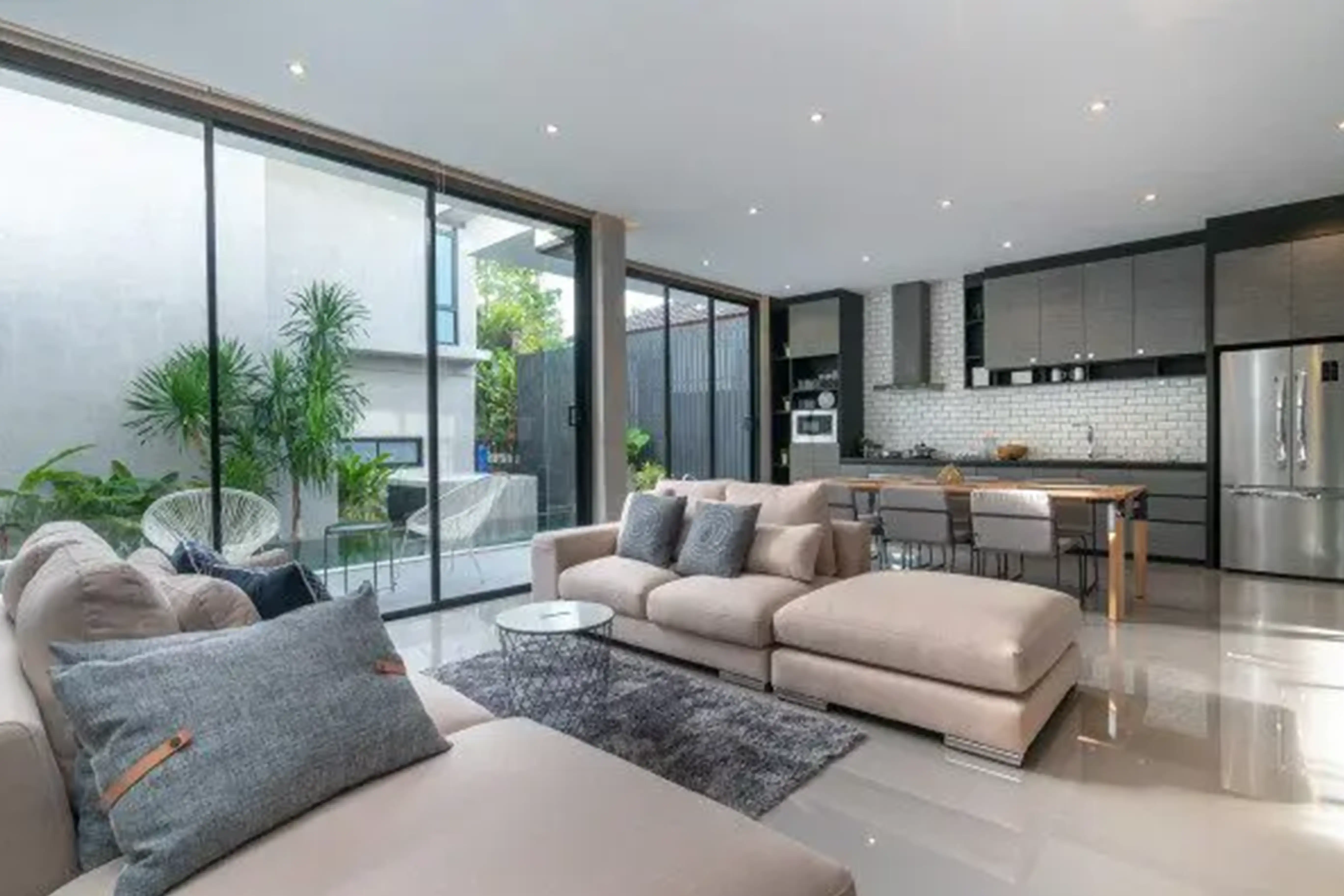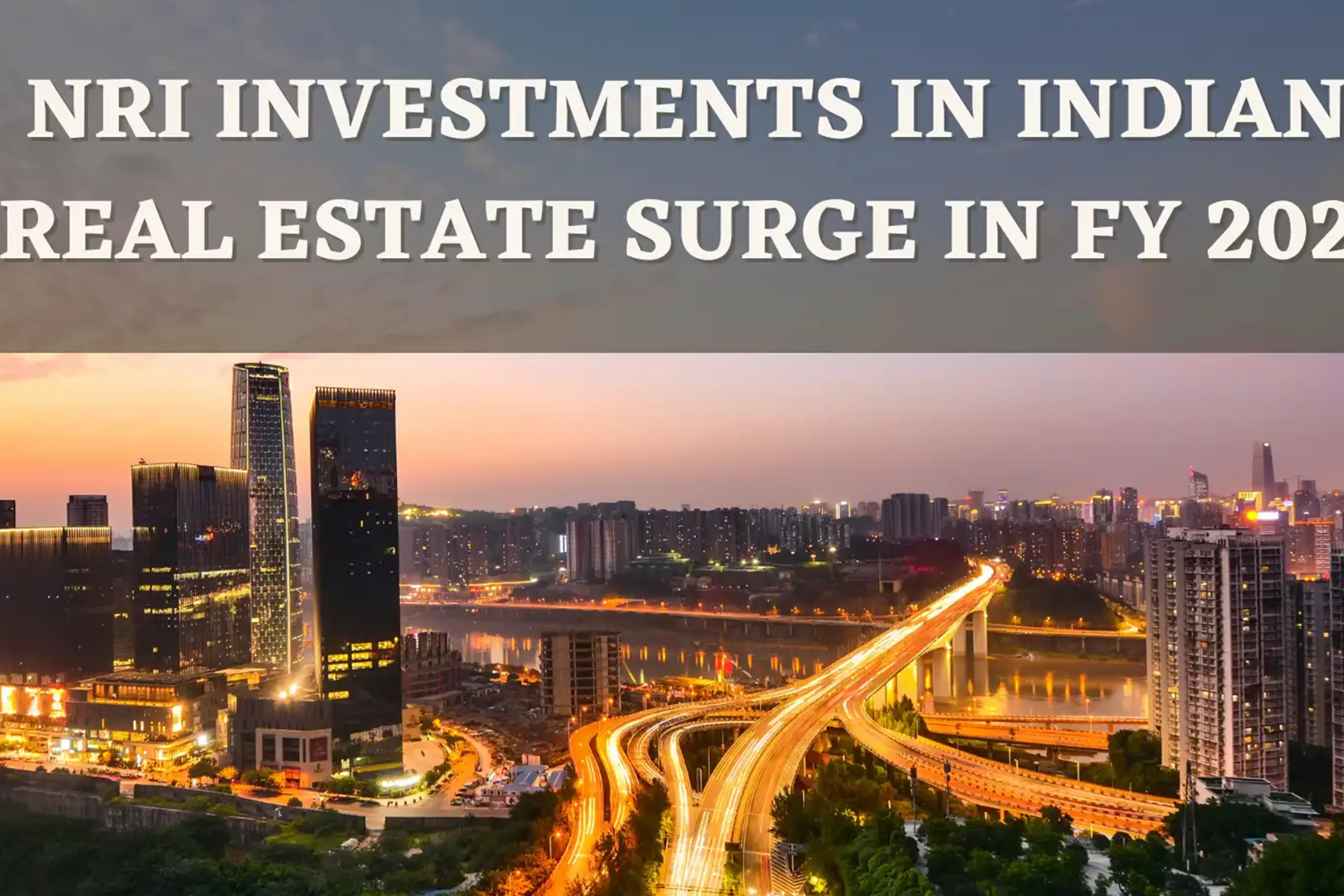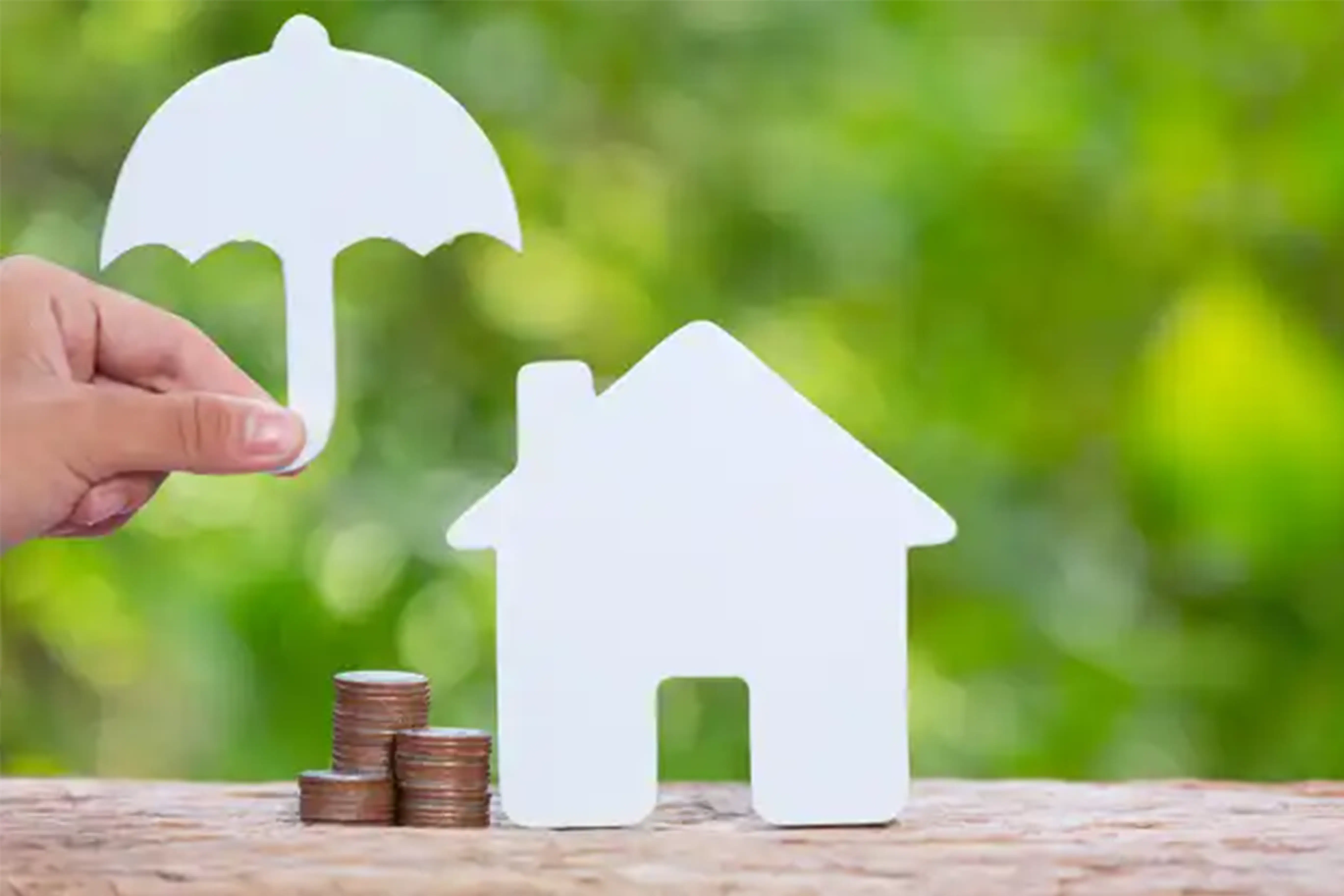Indian real estate is the second-largest employment generator of the nation with a contribution of about 7% to the country’s GDP which employs the largest number of unskilled labour. With the rapid urbanization, the real estate sector has emerged to be one of the most prospective sectors of the country and the government’s initiative to make it more organized have undoubtedly gone a long way to improve the buyers’ sentiments helping the sales to improve. But what has happened to it during the pandemic and how it was faring in the pre-COVID times and how the pandemic has affected it and to what extent the sector has shown resilience. These are the questions that may be popping into your mind. Here is a detailed analysis with statistics to give you an estimate of where the real estate sector was and where is it heading.
Indian Real Estate sector in the pre-COVID times
From the onset of 2020, the COVID wave commenced and India went into complete lockdown from March 2020 till June of the same year. Let’s analyze where the real estate sector was before that which is in the year 2019. We all know that the regularization of the sector started in 2017 when RERA was introduced and the strict stipulations of the Real Estate Regulations Act 2016 made many small players wind up as we also saw that the sector was struggling under the pressure of low liquidity due to RERA legislation, slow sales and demonetization.
In the year 2018, the sector was seen to fight battles in reorganizing it and increase liquidity by adjusting the prices and with government measures, the buyers’ sentiments were expected to improve. In 2019, the result of all these struggles was seen to have materialized and started bearing fruits as we see that in this year the housing sales picked up and showed improvement of about 13% more in the first three quarters of 2019 than 2018 as pointed by various reports from different reliable sources. The sales figure of the year 2019 was 23% more than the previous two years that is 2017 and 2018 which clearly indicates that there was a resurgence of the buyers’ sentiments and the sector was bolstered with an ascending momentum. The data given by ANAROCK Consultants clearly reveal that 2019 witnessed a sale of about 2.02 lakhs of units in the top seven metros which was at almost par with the sales of 2016 which was 2.07 lakh units.
Commencement of the first wave of the Pandemic
As the realty sector of India was about to show an upward trend in terms of sales and revenue with the prices going up and stabilizing with the market showing the signs of being transformed into a sellers’ market, the pandemic struck in the month of March 2020. By June 2020 the sales again dipped as there was a continuous nationwide lockdown and the problems of migration of labour popping up made the sector again strive for liquidity as the bank instalments almost stopped. In the March to June quarter of 2020, the sales dipped to an all-time low with the housing sales plummeting to only 12, 730 units across the major metro markets which was a serious concern.
In Q3 2020 the picture seemed to have become a bit more optimistic as a report by ANAROCK revealed that a strong comeback has occurred in the realty sector of India with the new launches rebounding to 65% as compared to 79% of the pre-COVID levels of Q1 2020. Although there was a price correction noted in the major markets and metro cities of India ranging from 2% to 19% with Mumbai being at the top with a 19% reduction and Bangalore being at the bottom with a 2% increase in the prices of residential real estate, the sales were said to have picked up too. The reason was the price reduction and lowering of the interest rates by the banks coupled with other government measures to boost the affordable and the mid sector housing of urban India.
The second wave of the Pandemic
Just as the sector was struggling under the various reeling pressures, like liquidity crunch, sluggish sales, low sentiments, reduction in new launches, reverse migration of labour, and few other problems, the Q3 2020 showed positive signals again. With the reduction of the prices, the buyers’ sentiments were noted to surge higher and eventually leading to higher sales as discussed above. The buyers’ sentiments were noted to have reached 57 in Q1 2021 from 54 in Q4 2020 which also shows that the sector was improving in terms of buyers’ sentiments and hence the future demand. A score of 50 indicates that the sentiment is neutral and more than 50 indicates optimism and so the sentiments were seen to have inclining towards positives. Just at this juncture, the second wave struck the nation with widespread cases of infection and death for which there were again restrictions of mobility and lockdown in different cities and regions.
Although the sentiments were witnessed to have surged, but with the onset of the second wave and the nationwide increase of the Corona cases and deaths, the sales again became sluggish in Q1 2021. Due to mobility restrictions also, the site visits were seen to be postponed due to which the sales became sluggish, feel a few of the observers. But on an optimistic note, as India is targeting to vaccinate a substantial part of urban India within August 2021 and if this programme is successful, there would be possibly a surge in the sentiments if the bank interests are low. On the optimistic side, there have been few observations too that signifies that there are people who are willing to buy even at this time of pandemic as we see the surge of sales of the large and spacious apartments.
It is interesting to note that there is a pandemic-induced change in the residential real estate market as the demand for larger homes especially 3-BHK and larger homes are more in demand. As the pandemic insists on social distancing and work from homes, there is more demand for larger homes as the sales of 3-BHK rose to 17,200 units in Q1 2021 as compared to the figures of Q1 2020 which were at 15, 998 units. This means with the current prices and the market conditions, the buyers are ready to buy provided there are options and no mobility restrictions. With these indications and metrics, the experts suggest that once the situation comes back to normalcy, the real estate sector would again step up on an ascending curve although the aftermath of the pandemic may affect the sector for six months or so till it comes to track.


